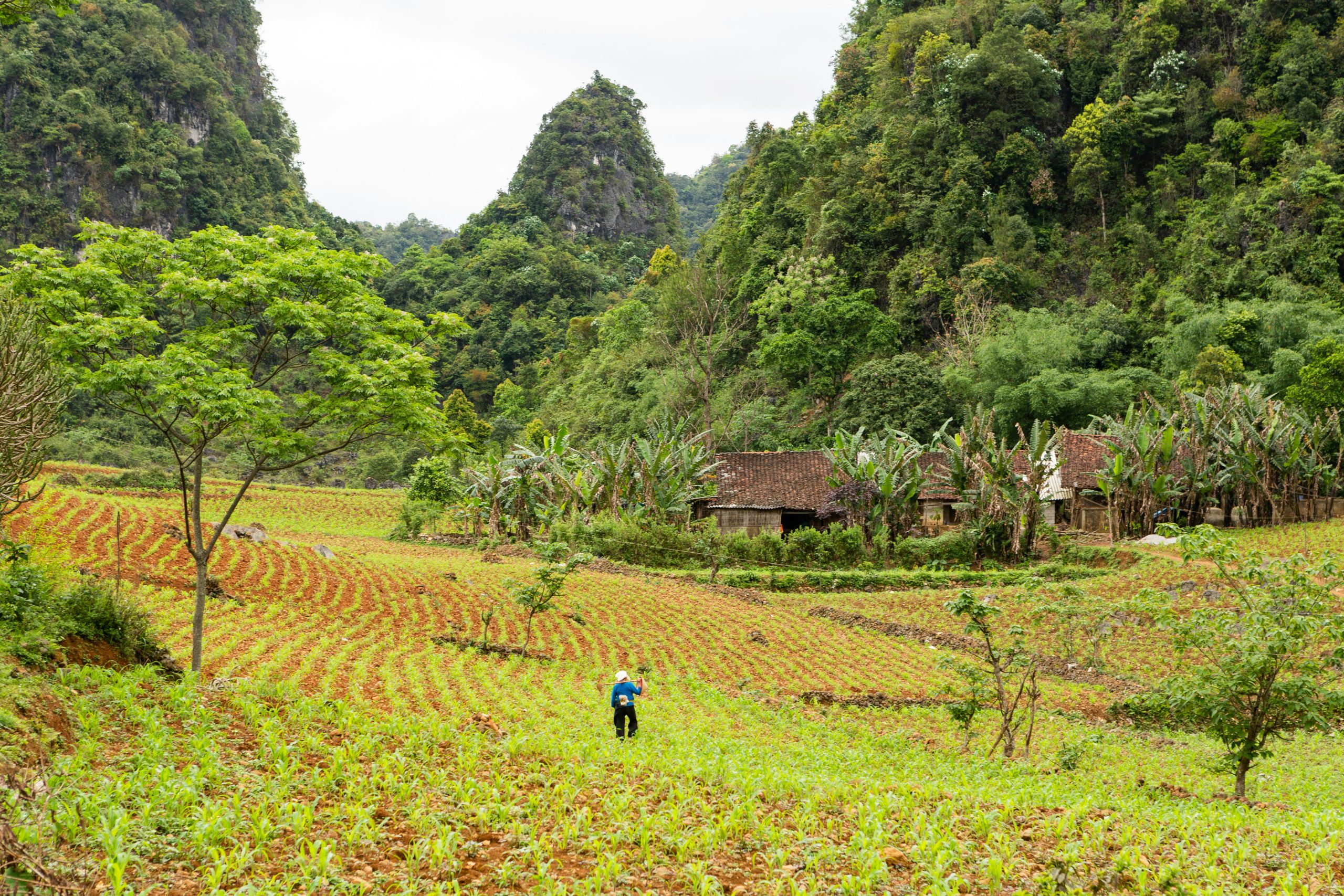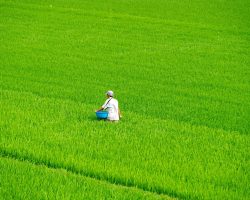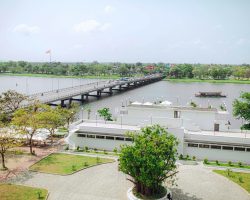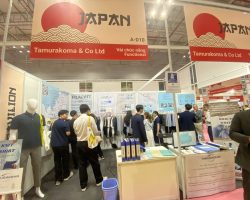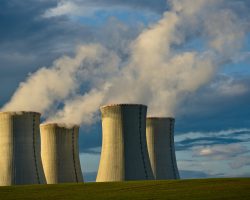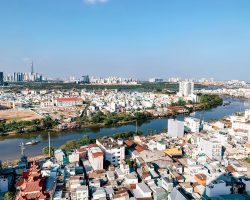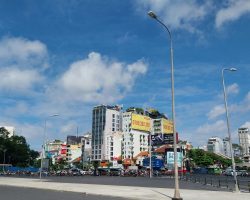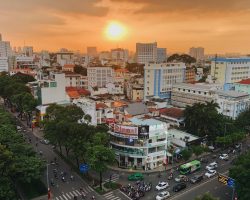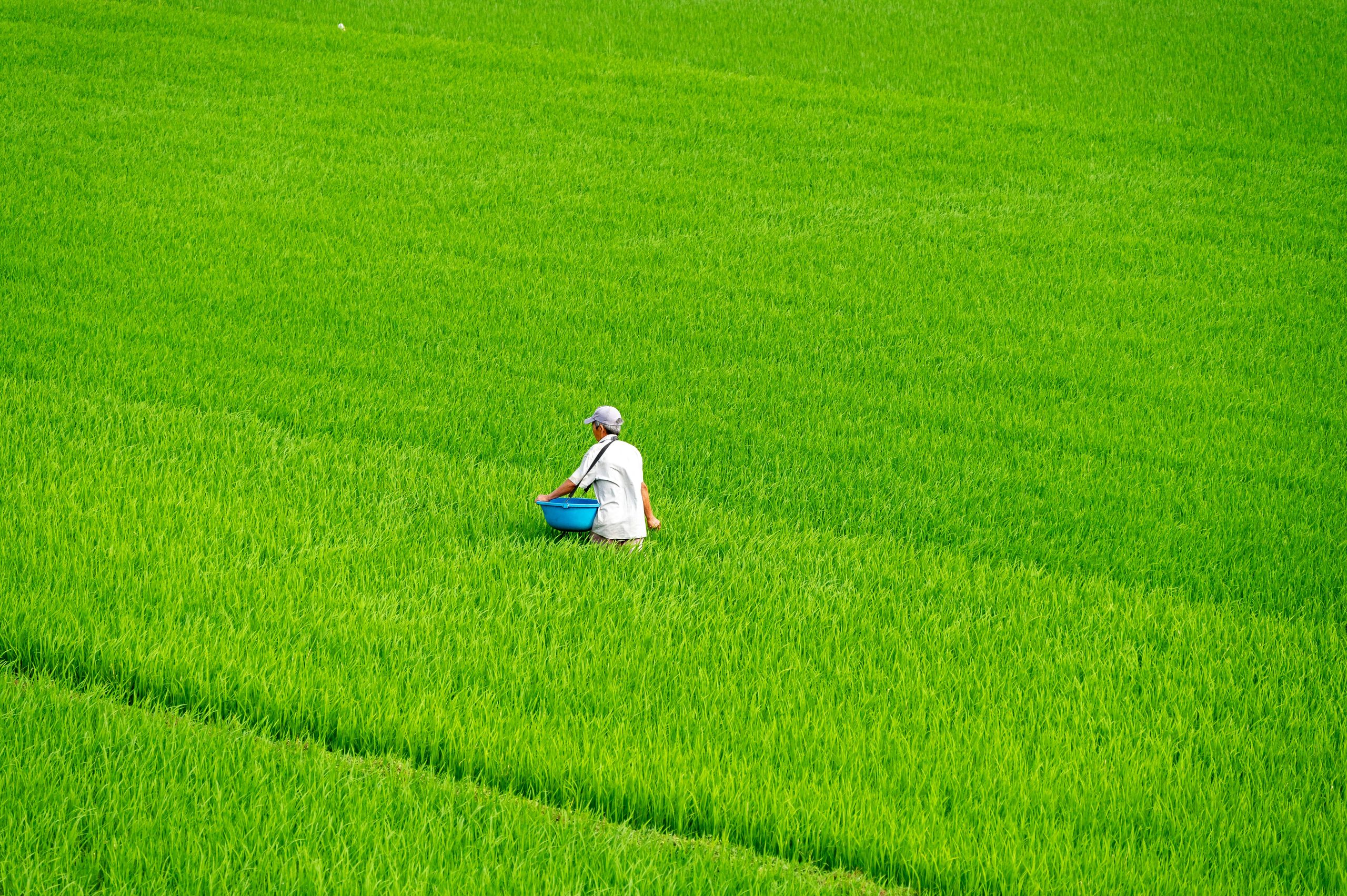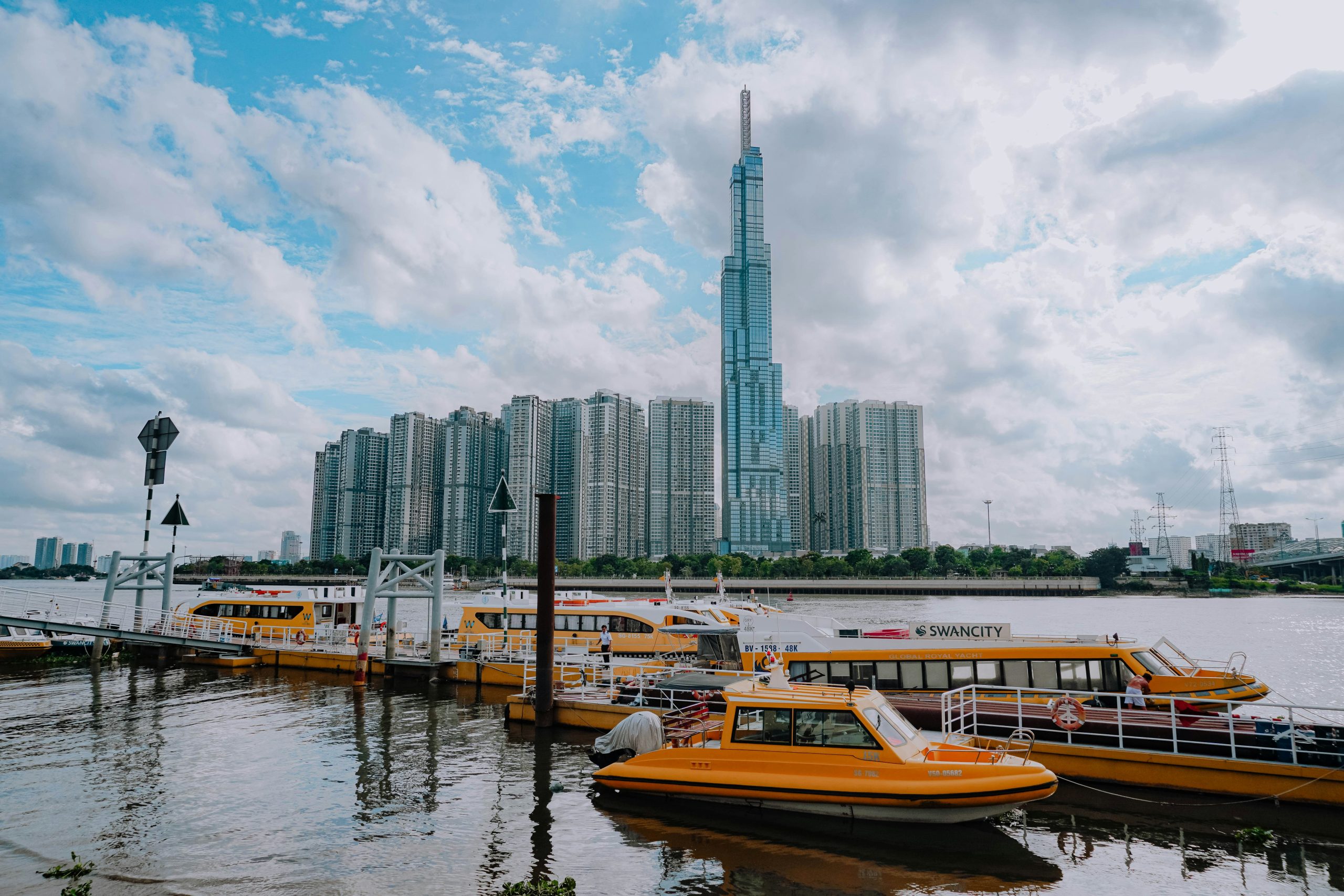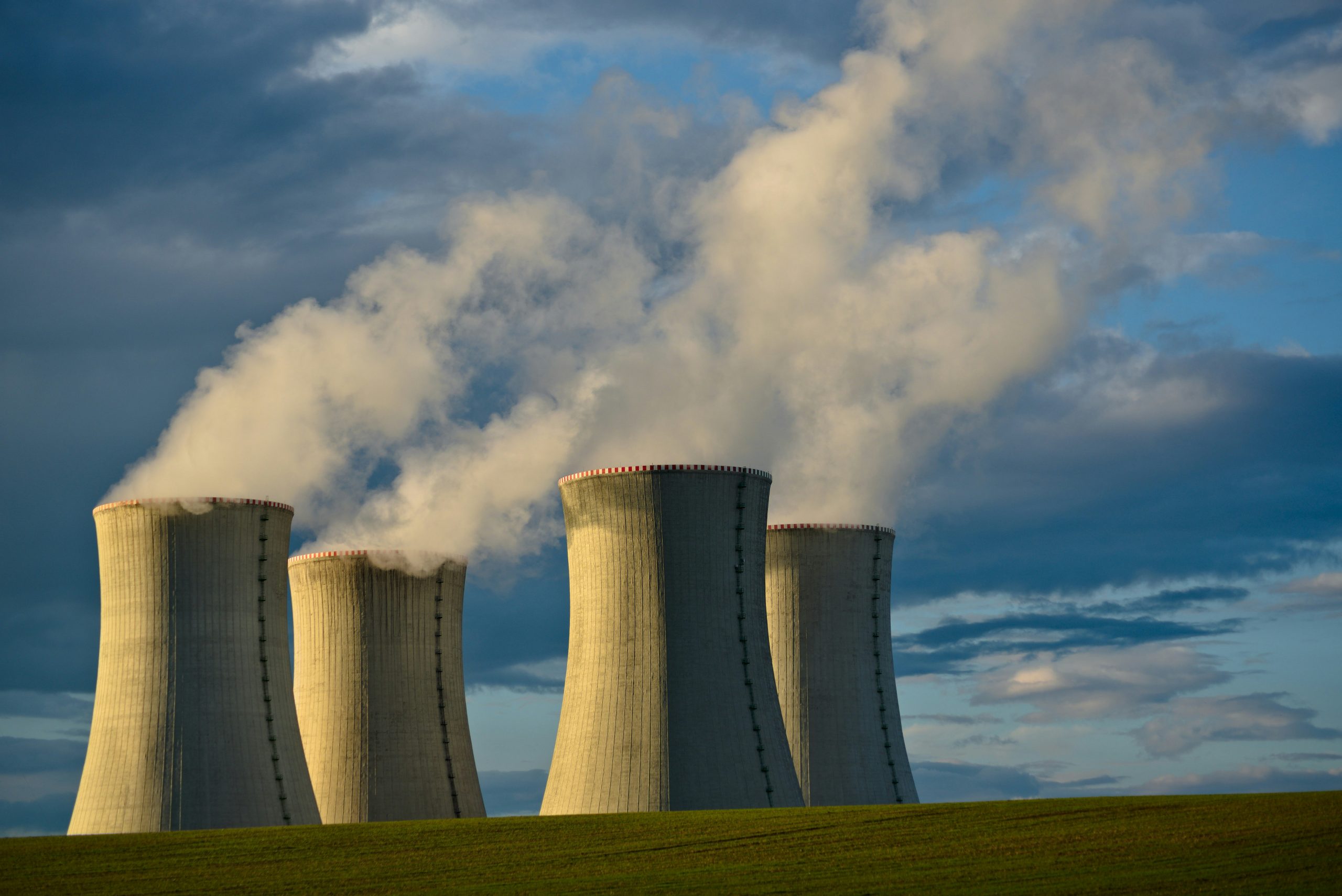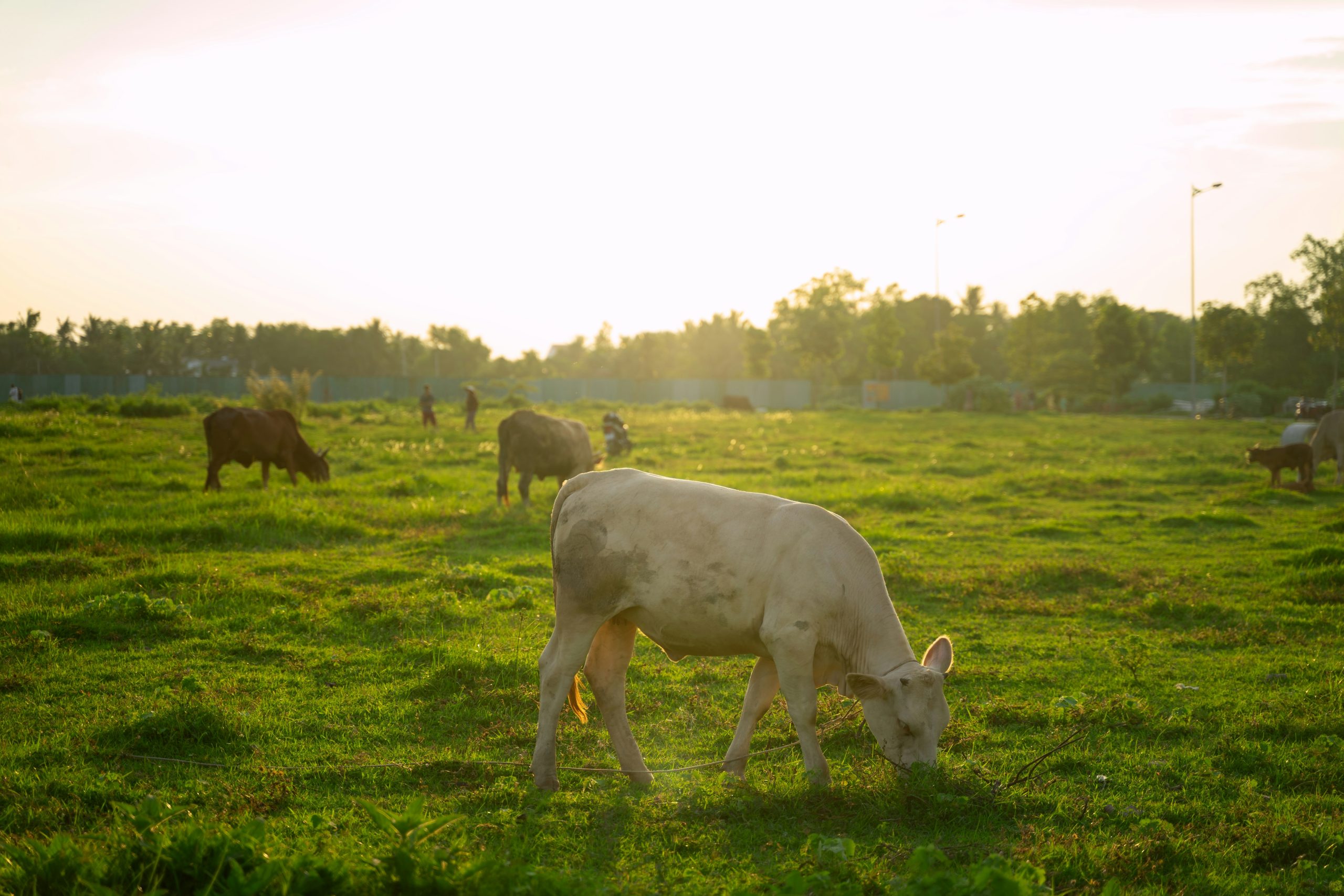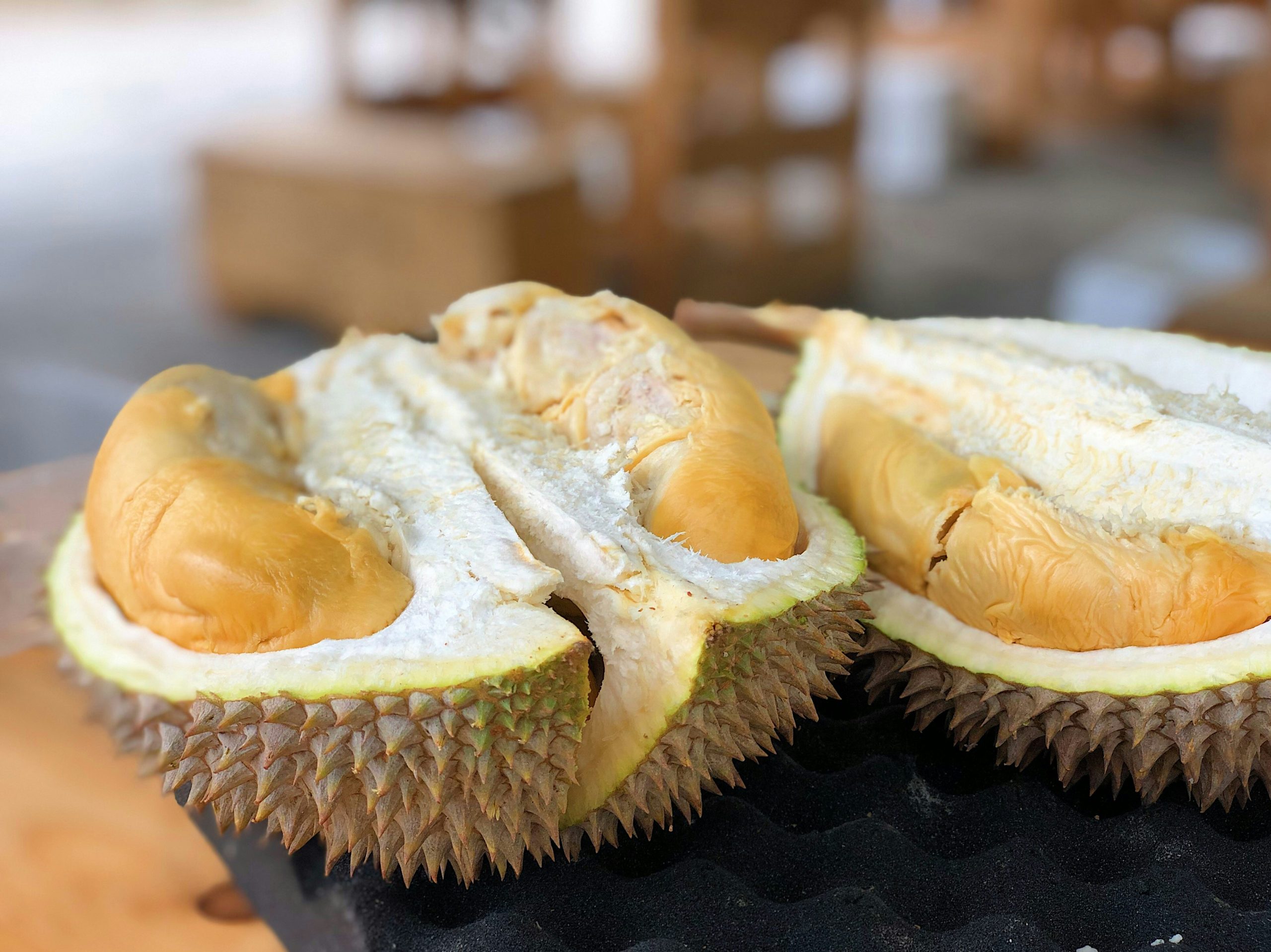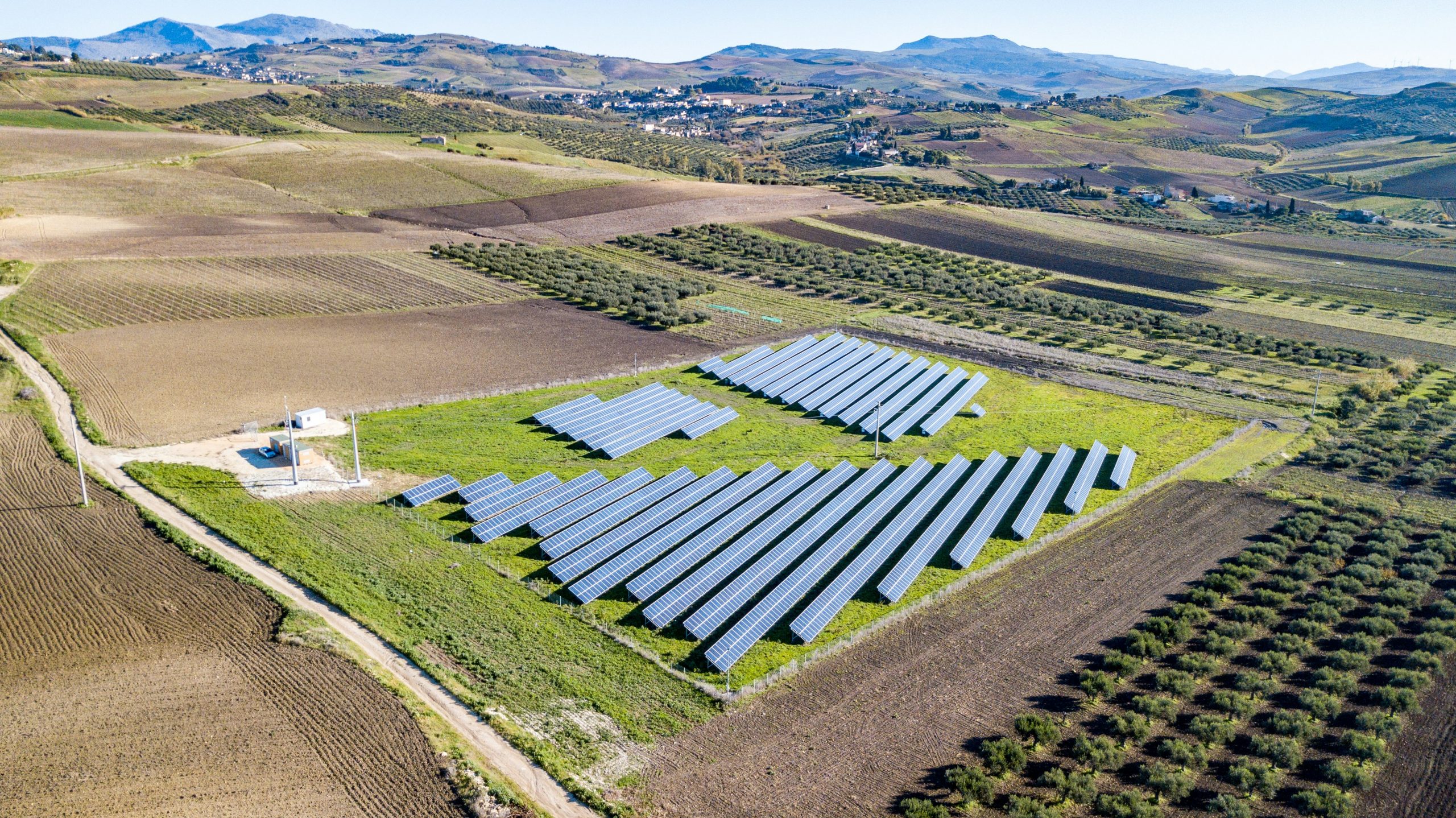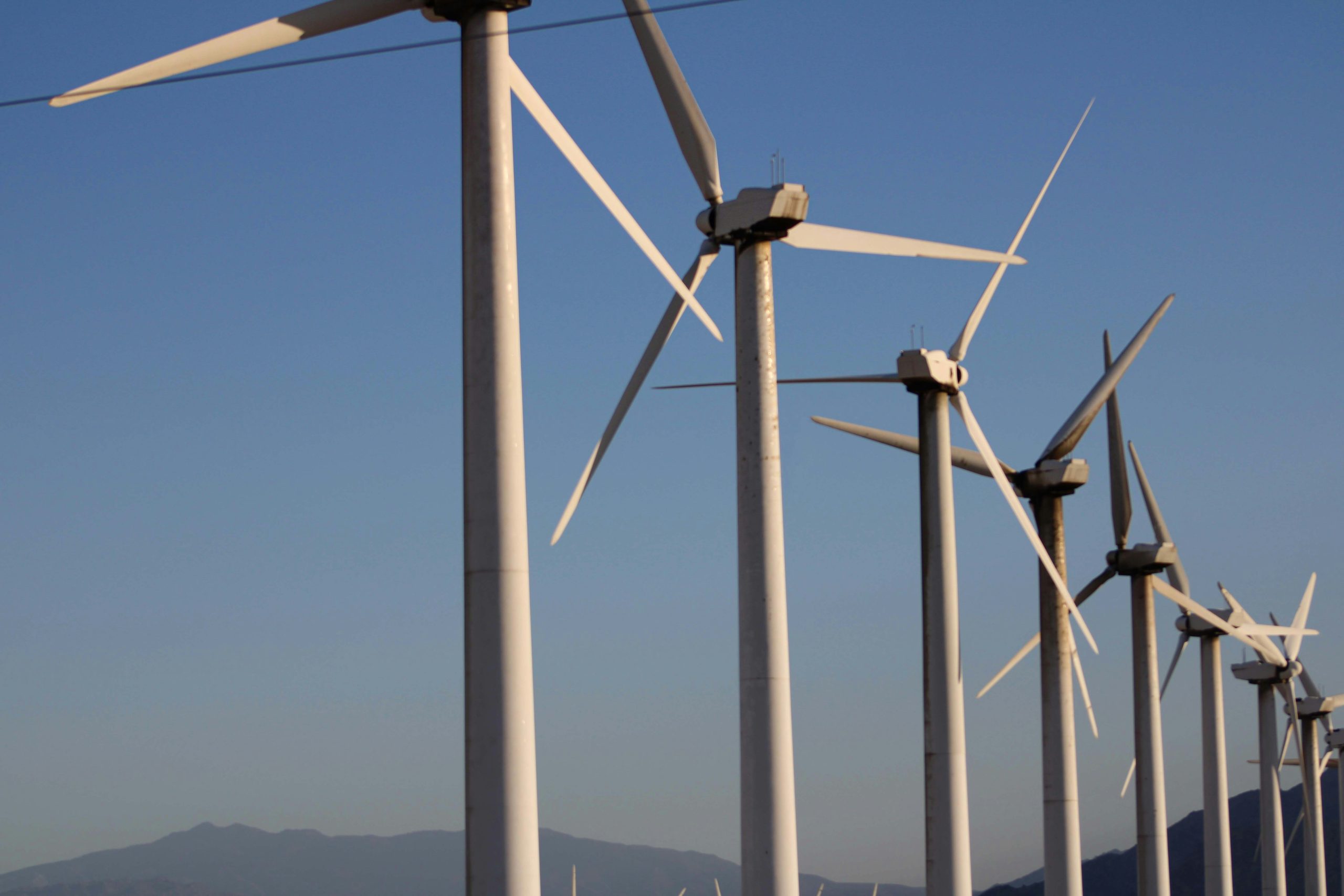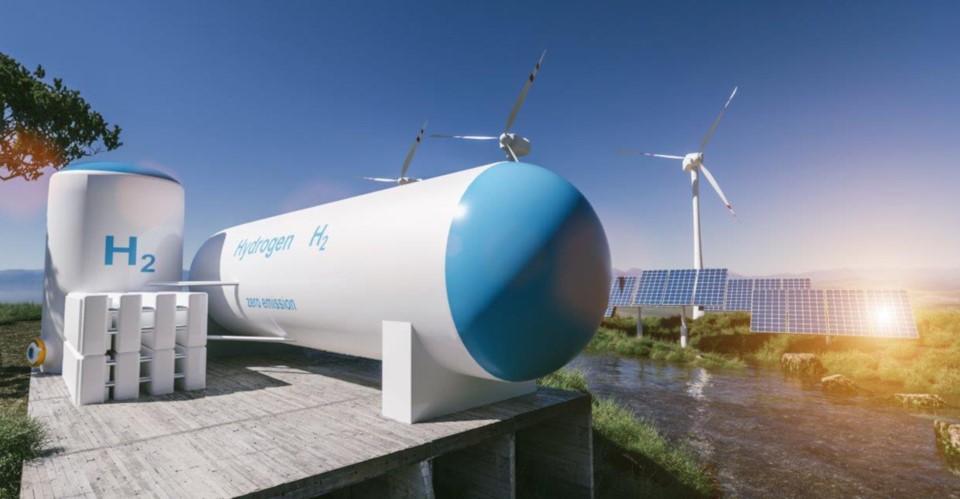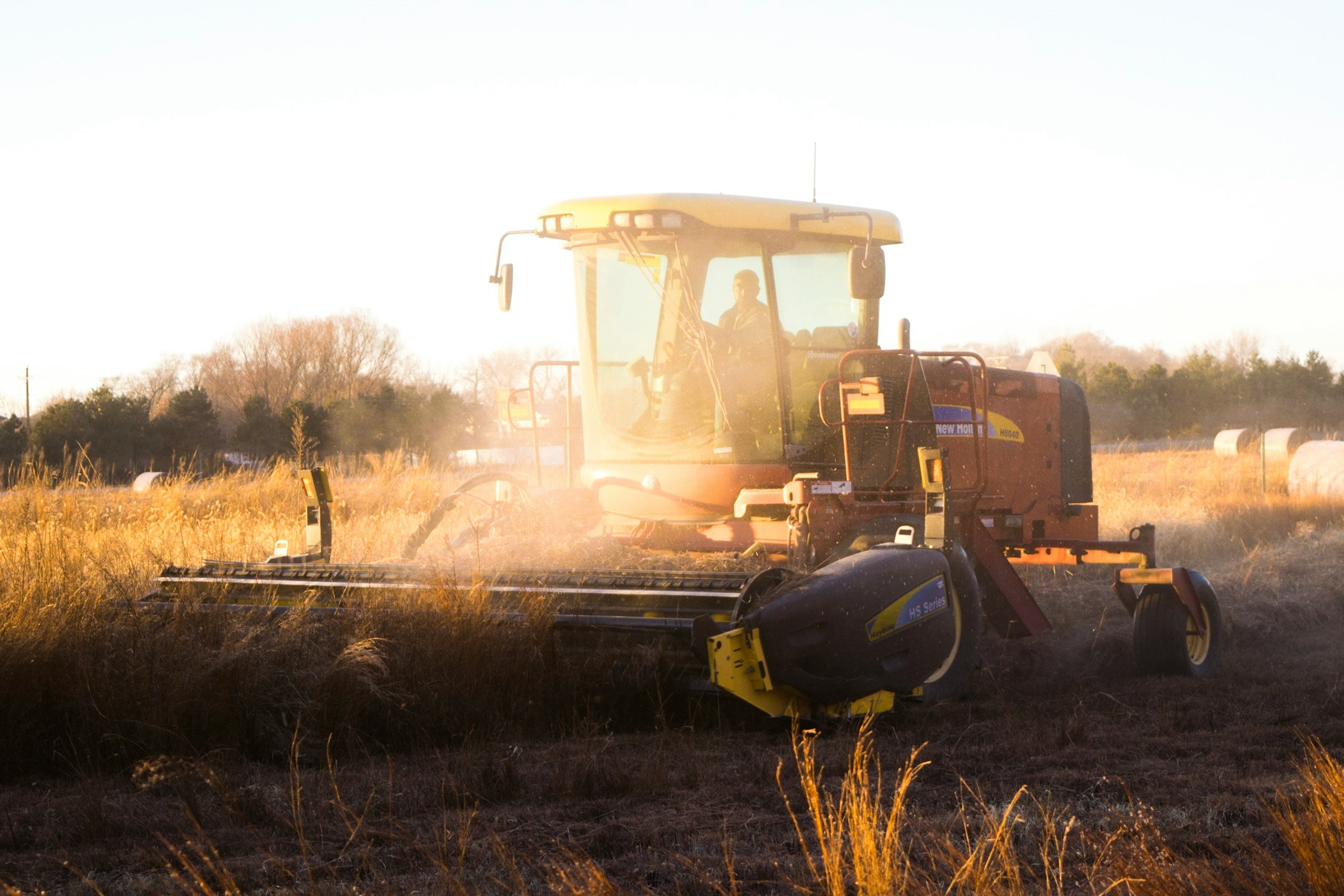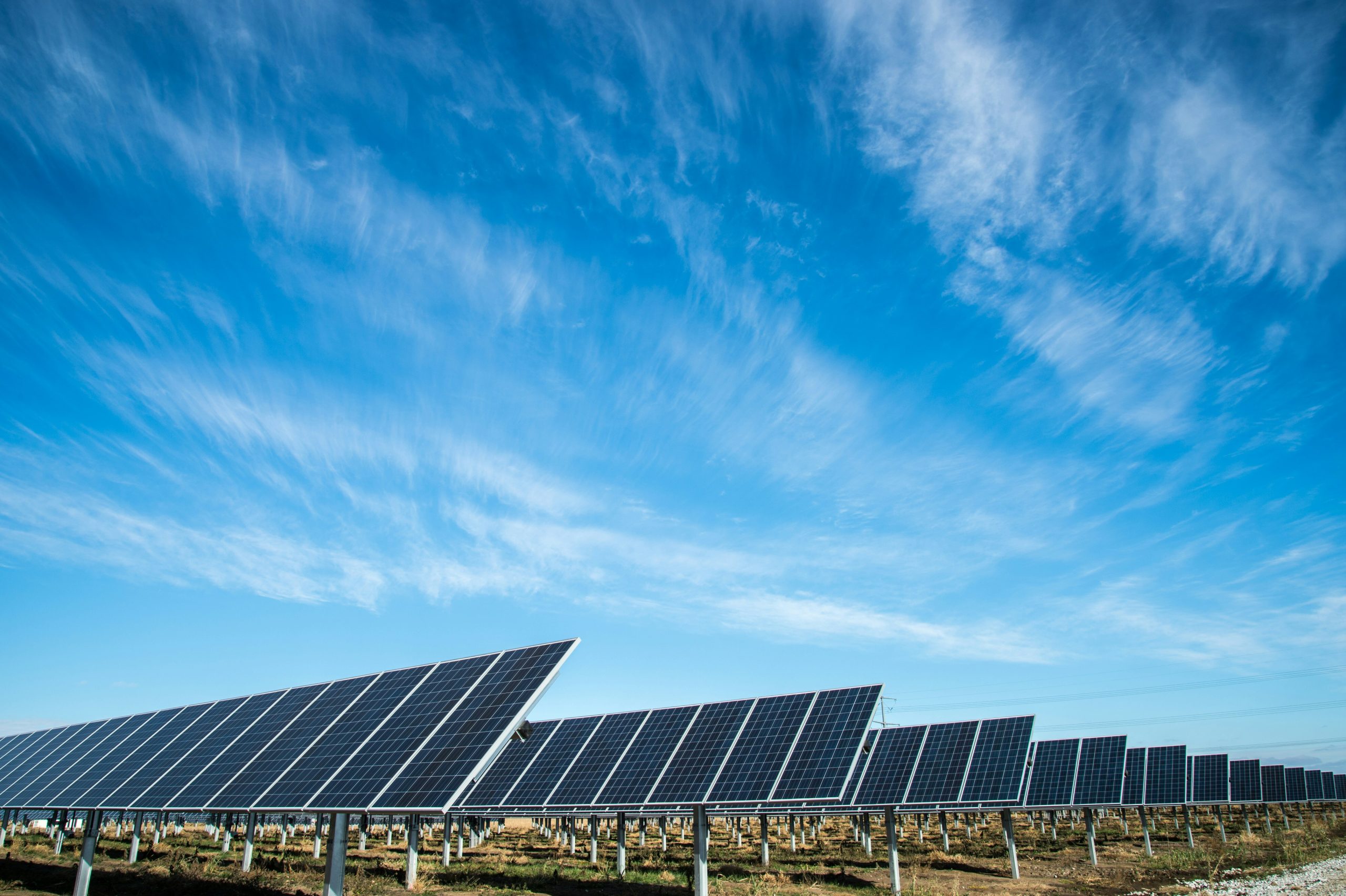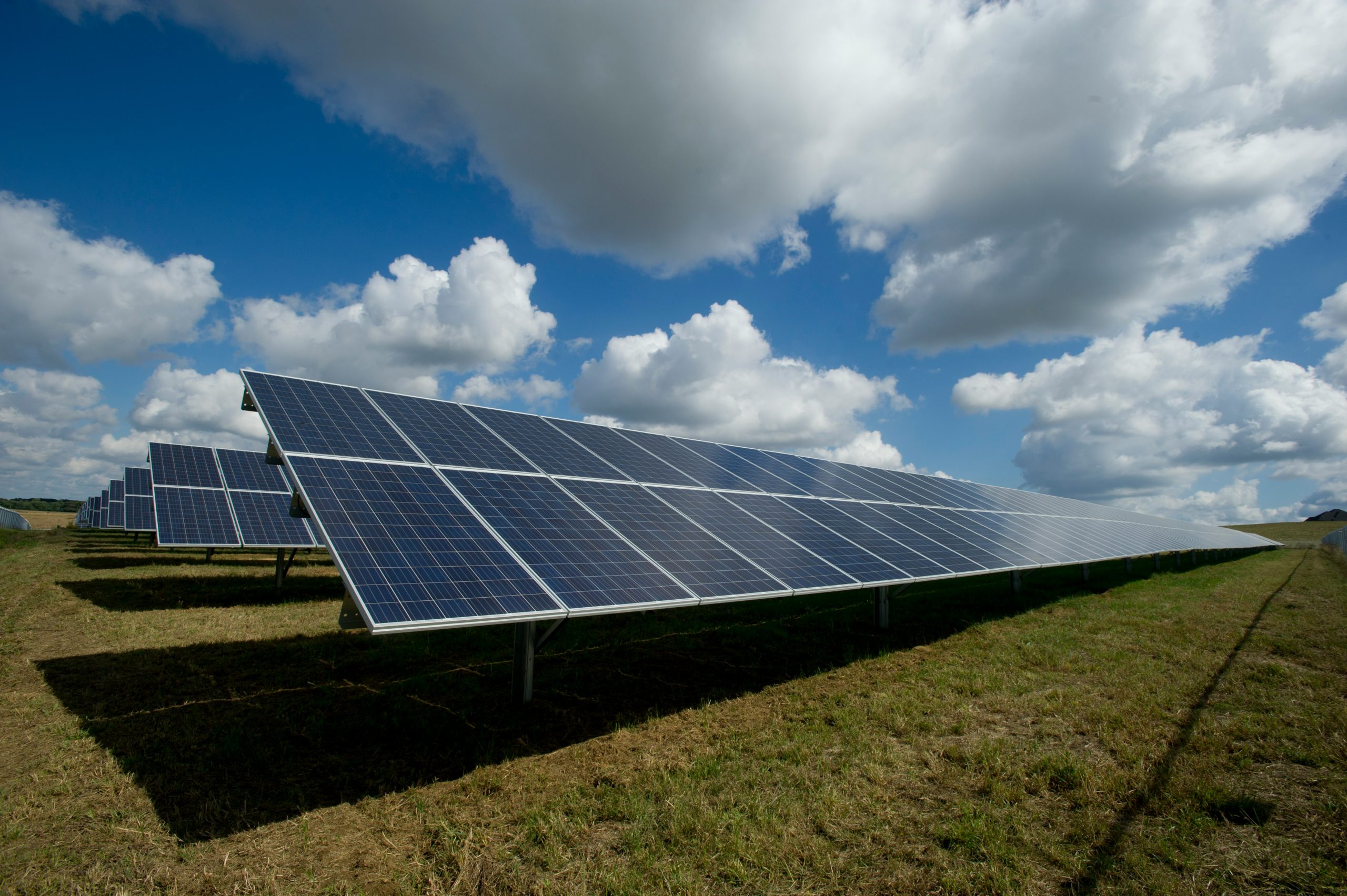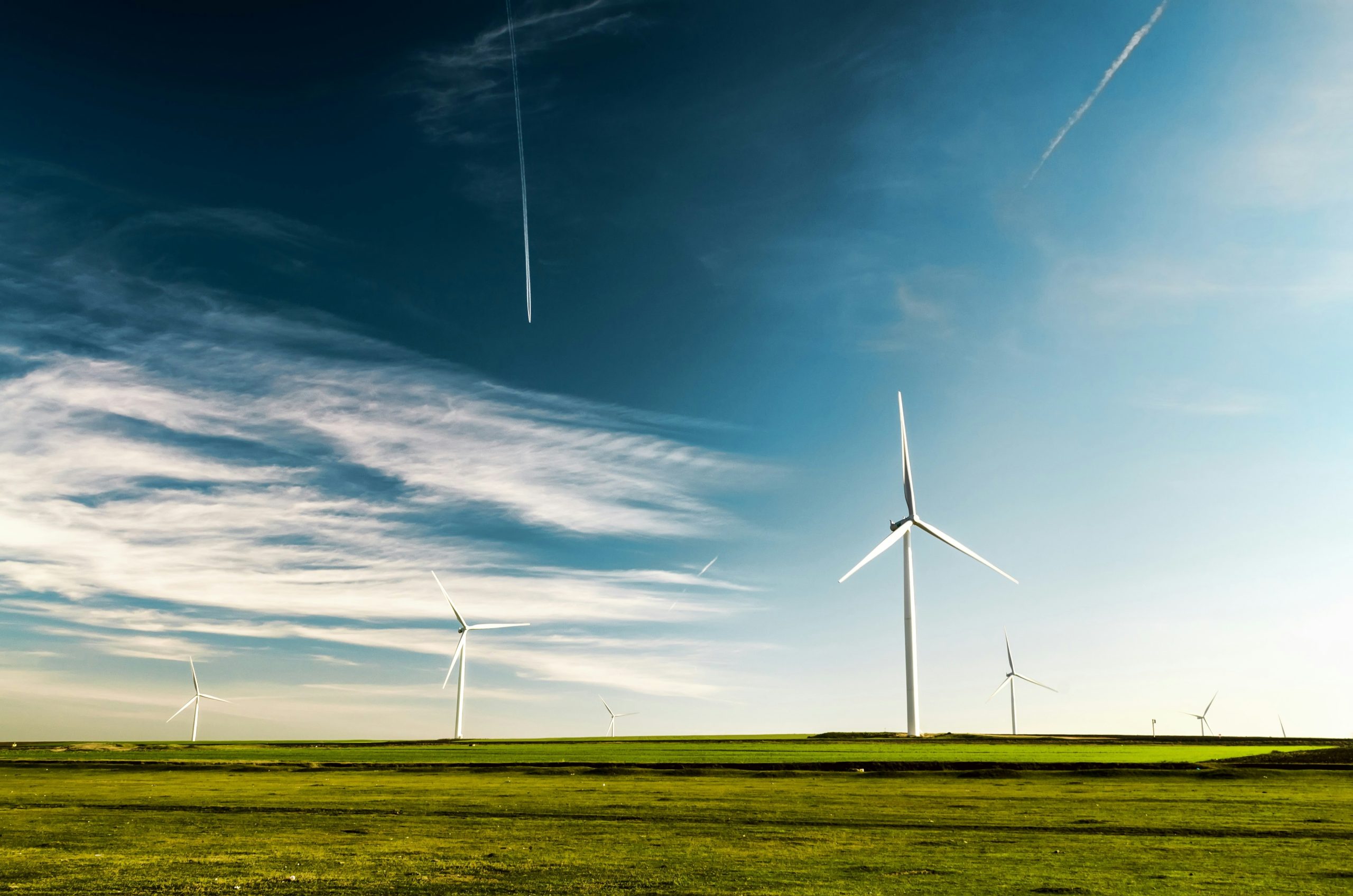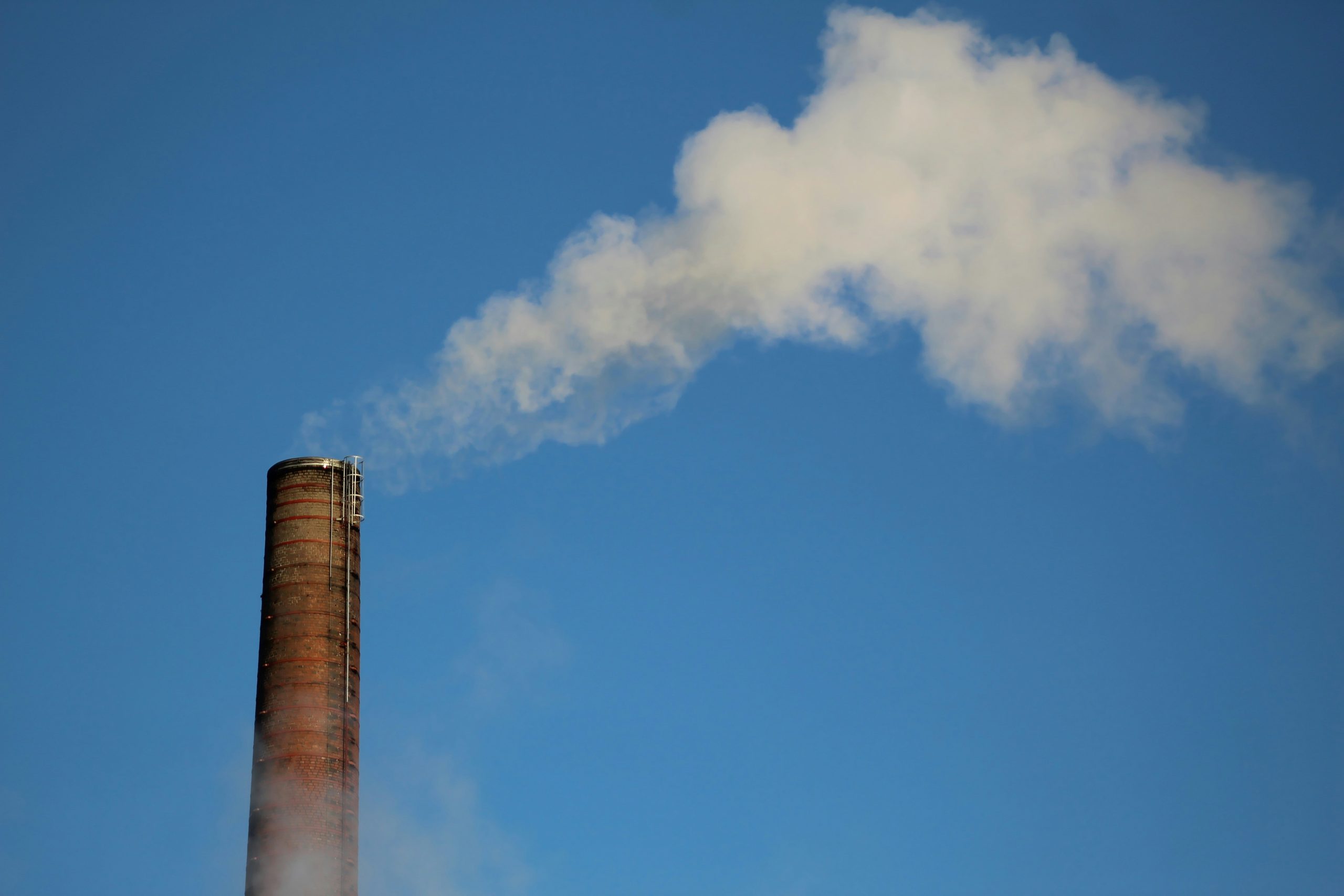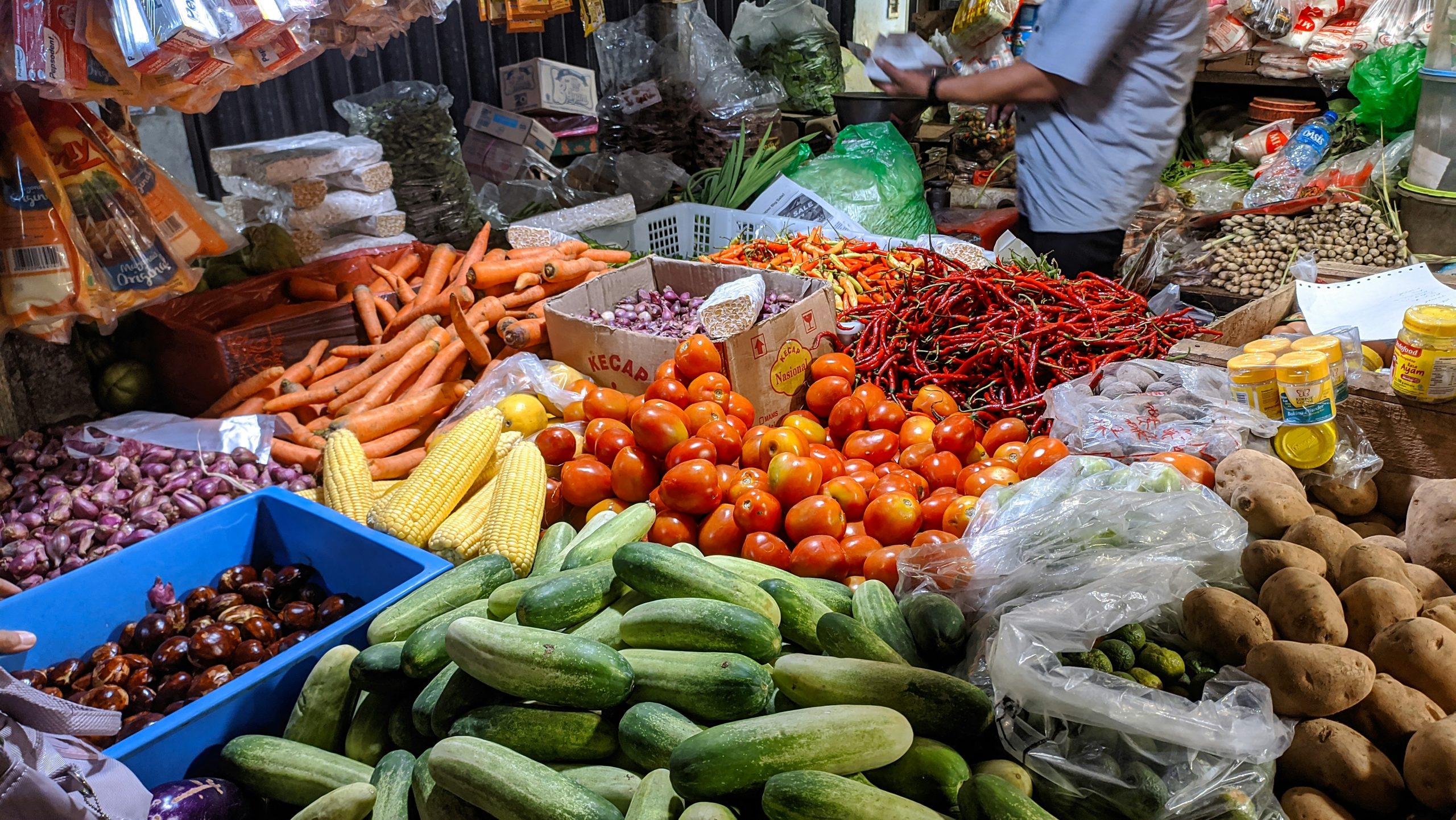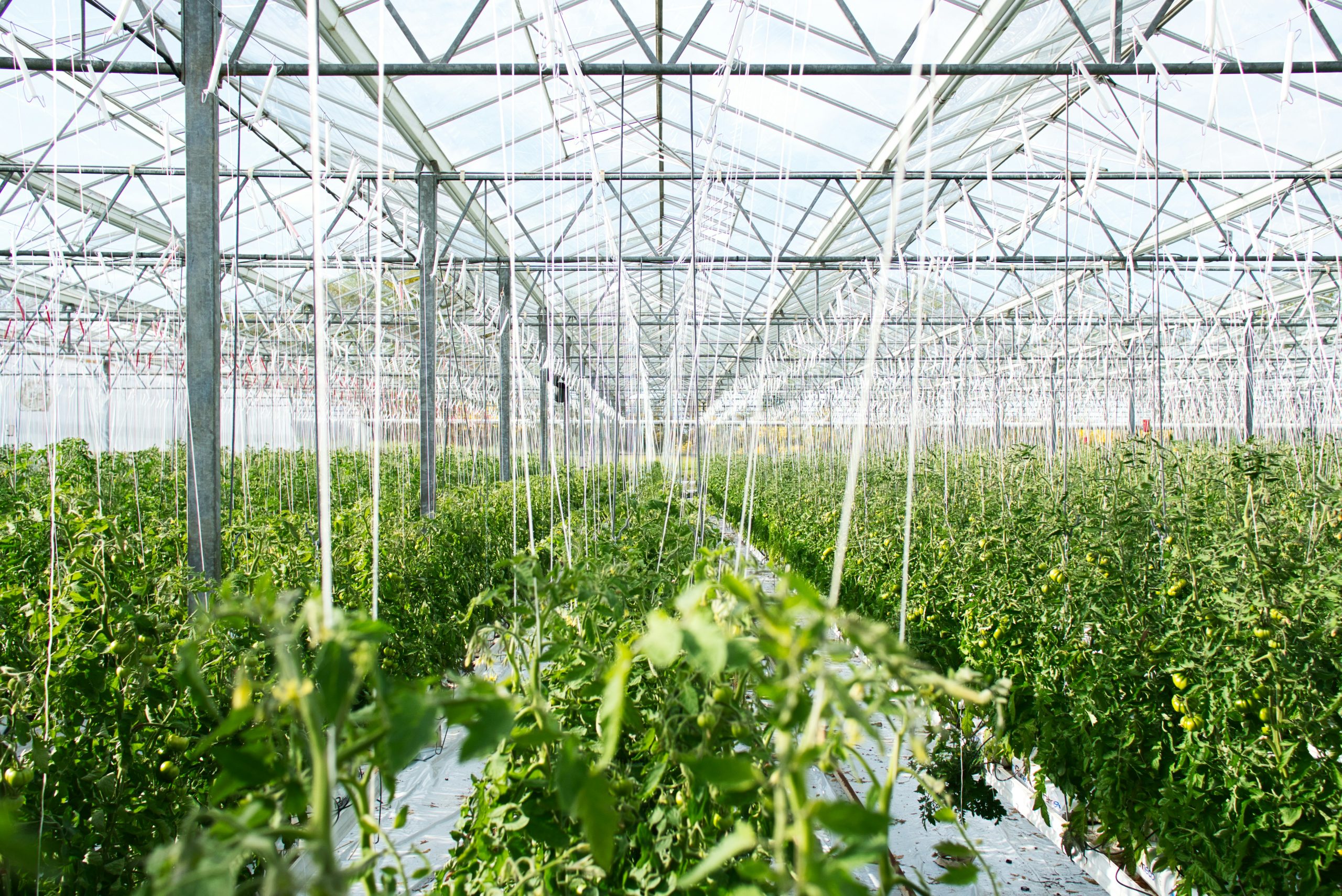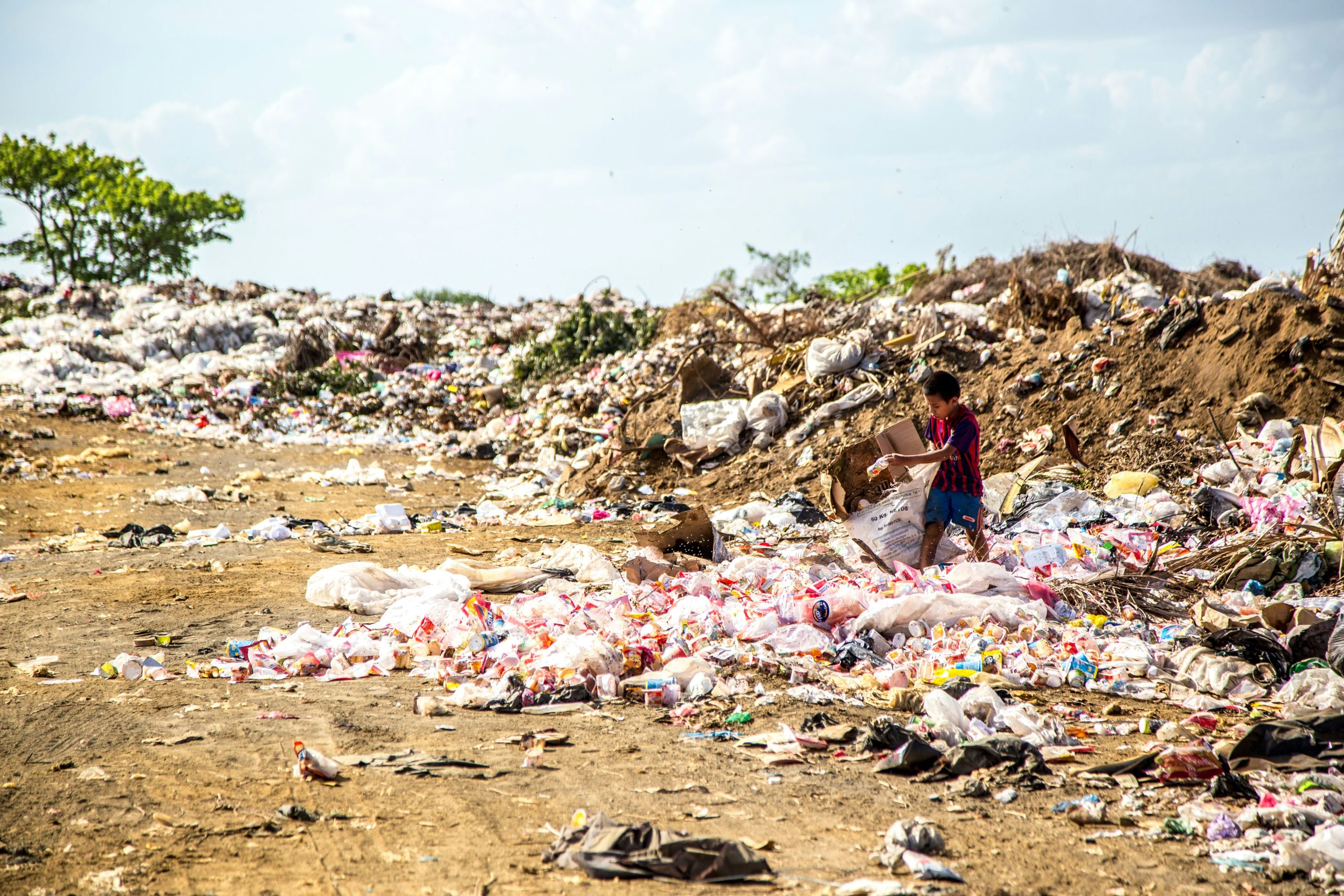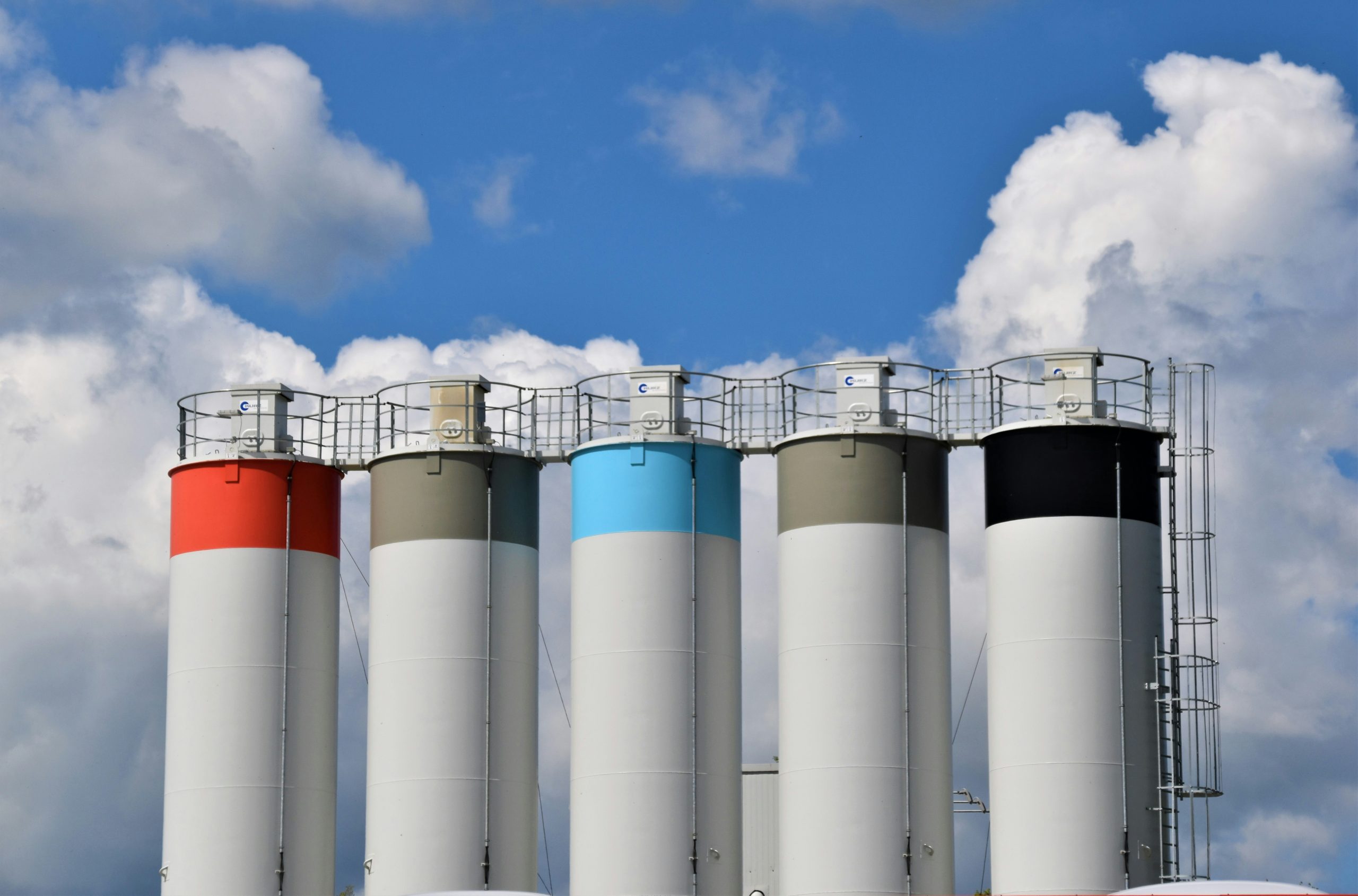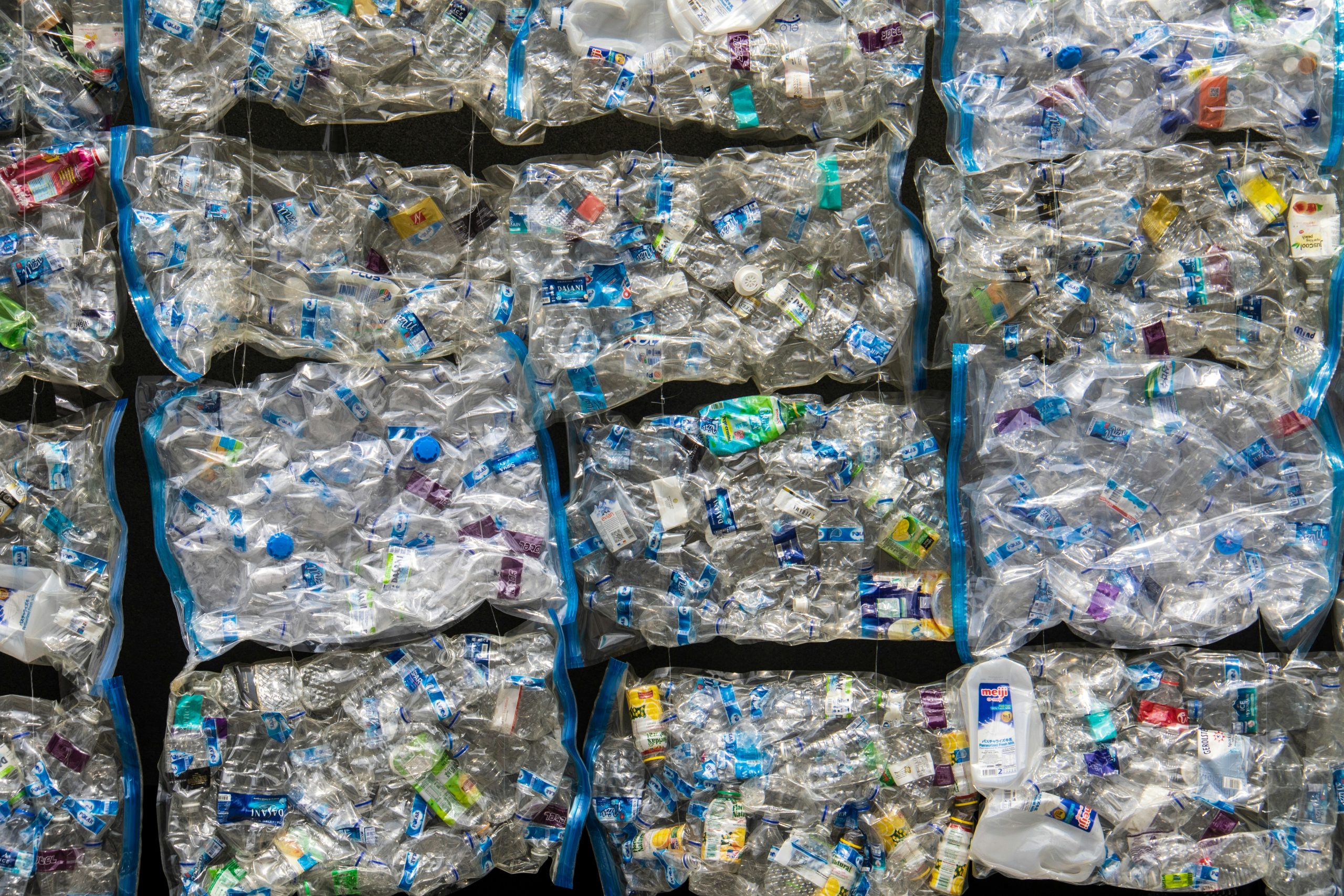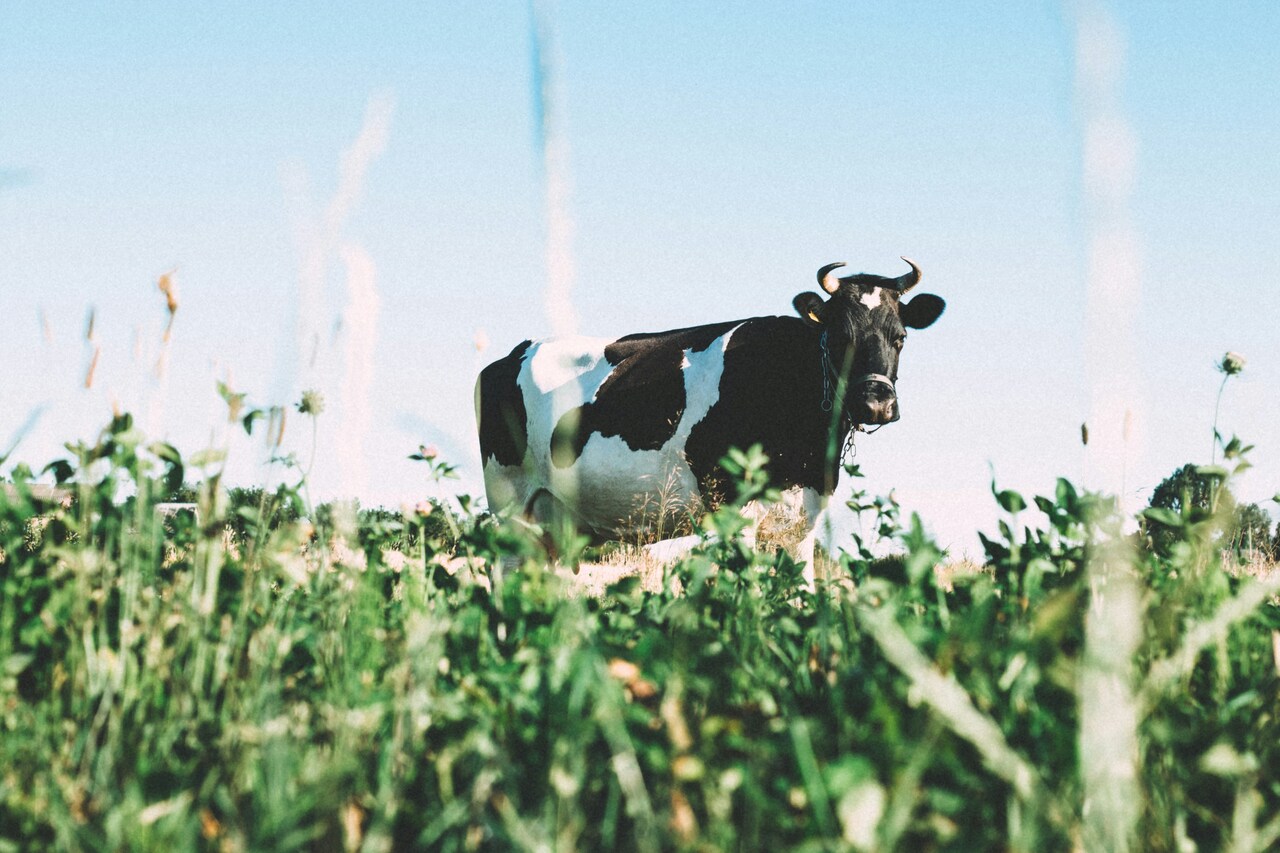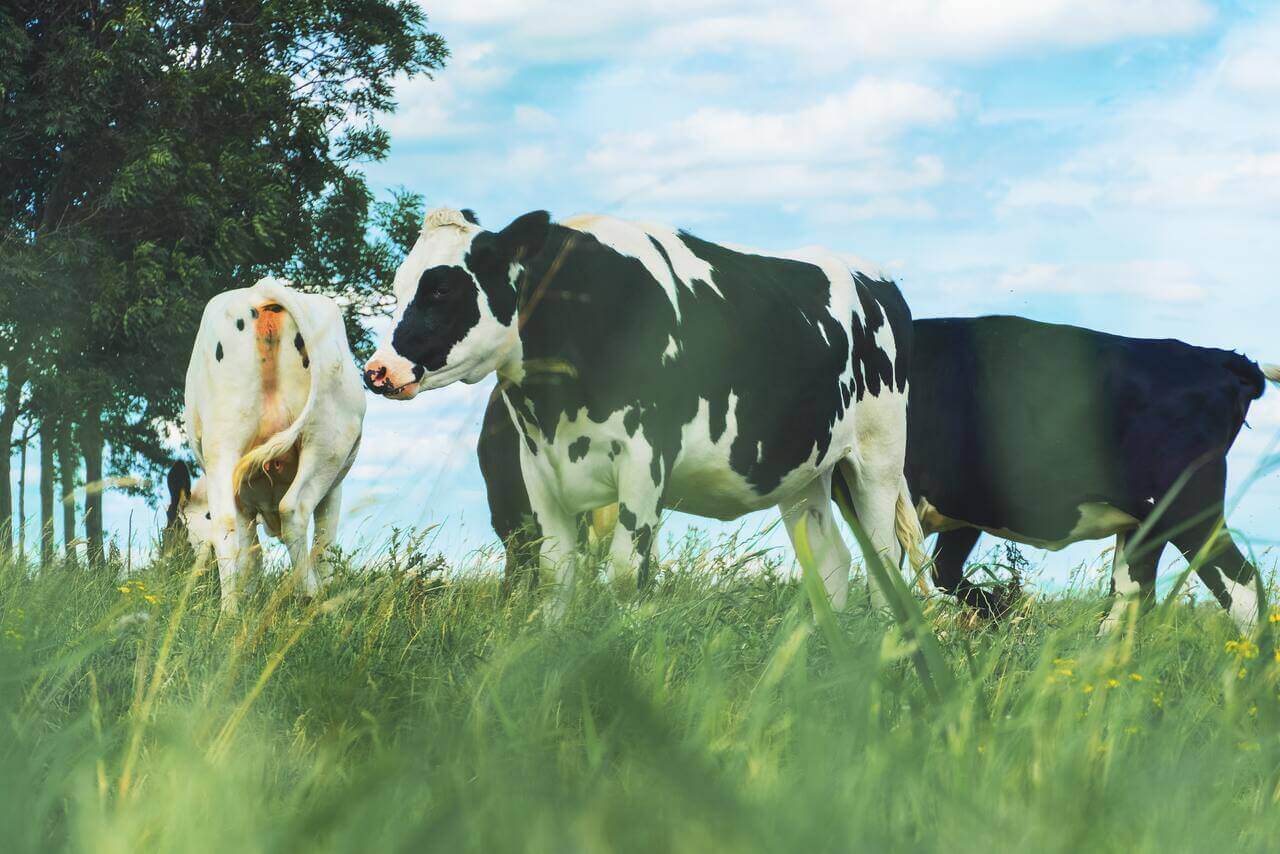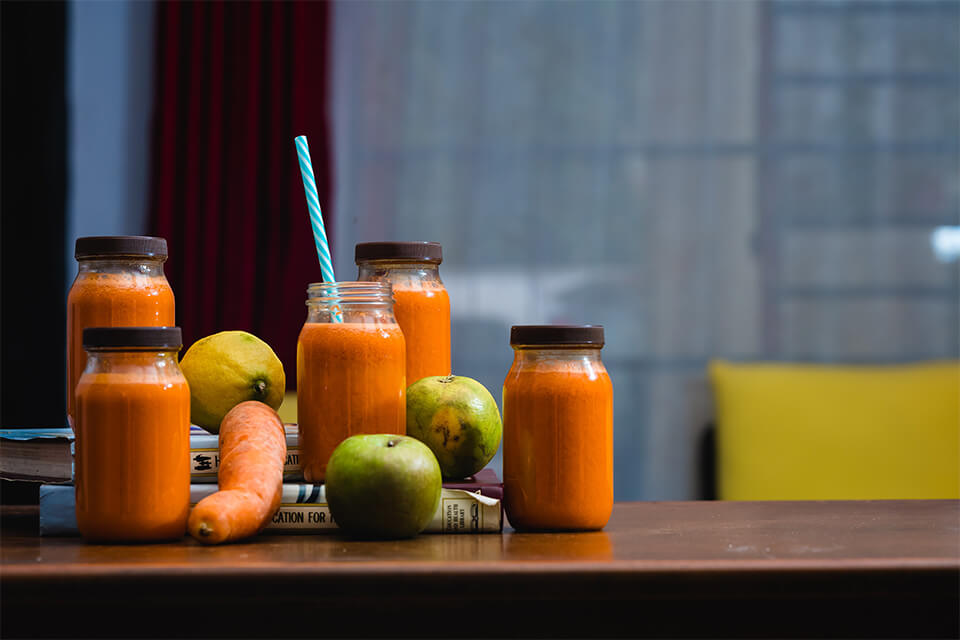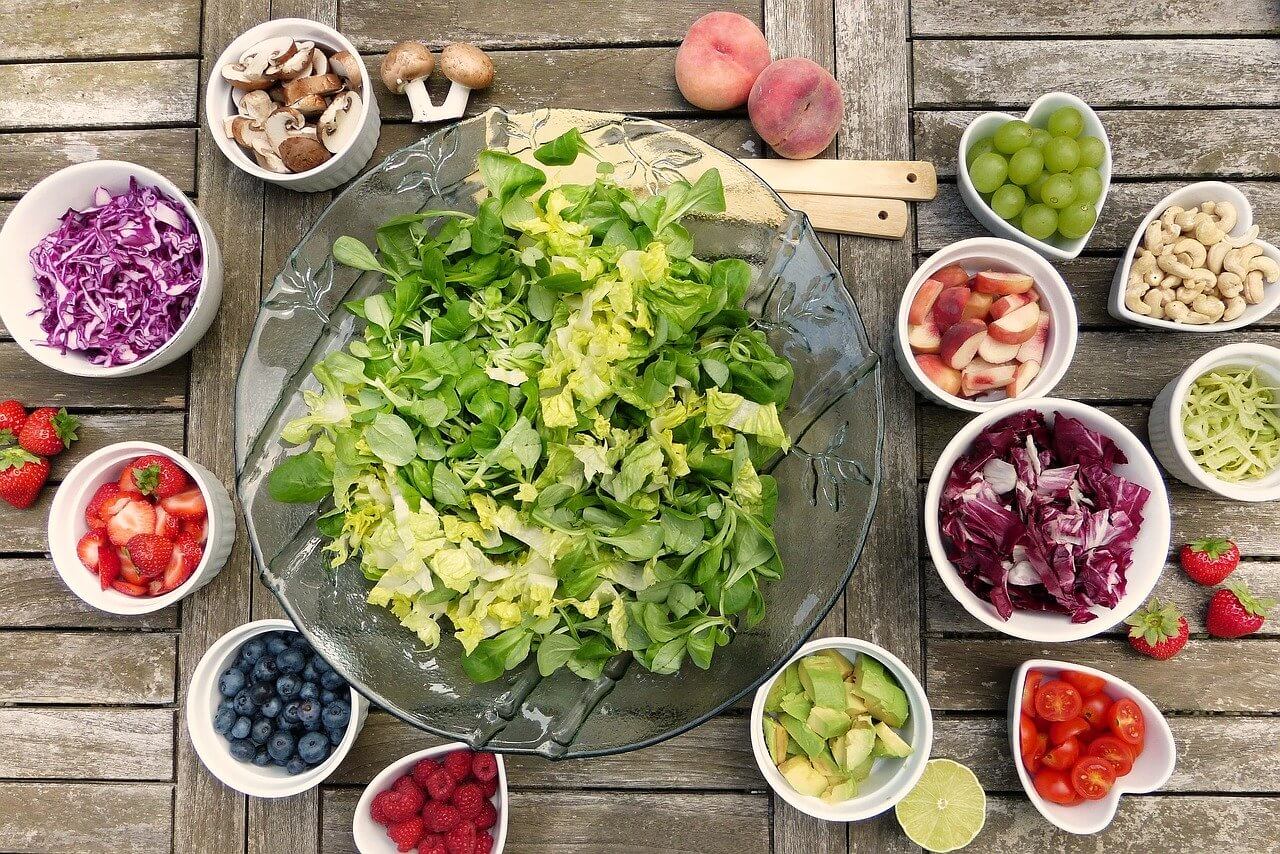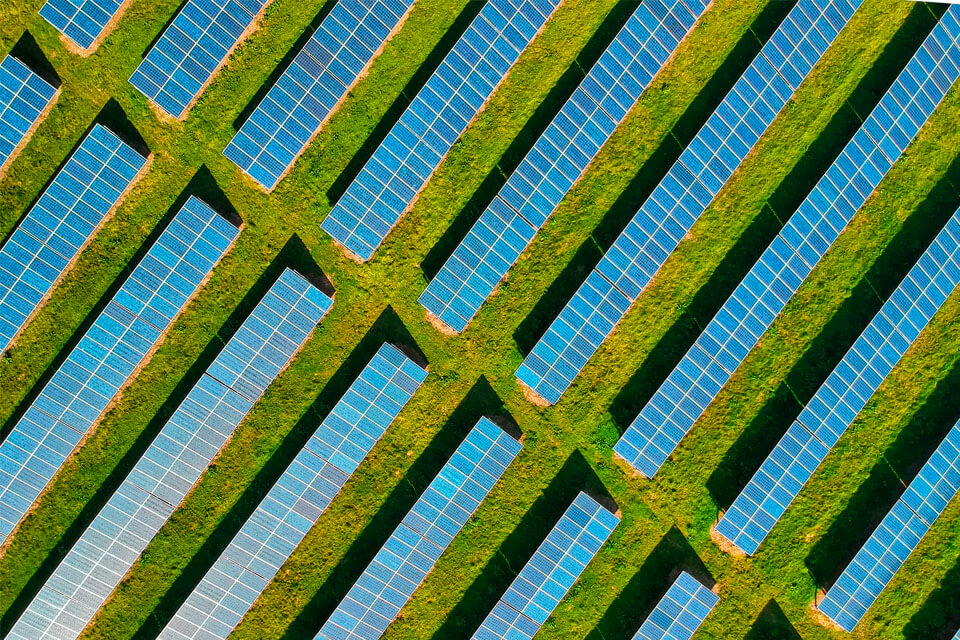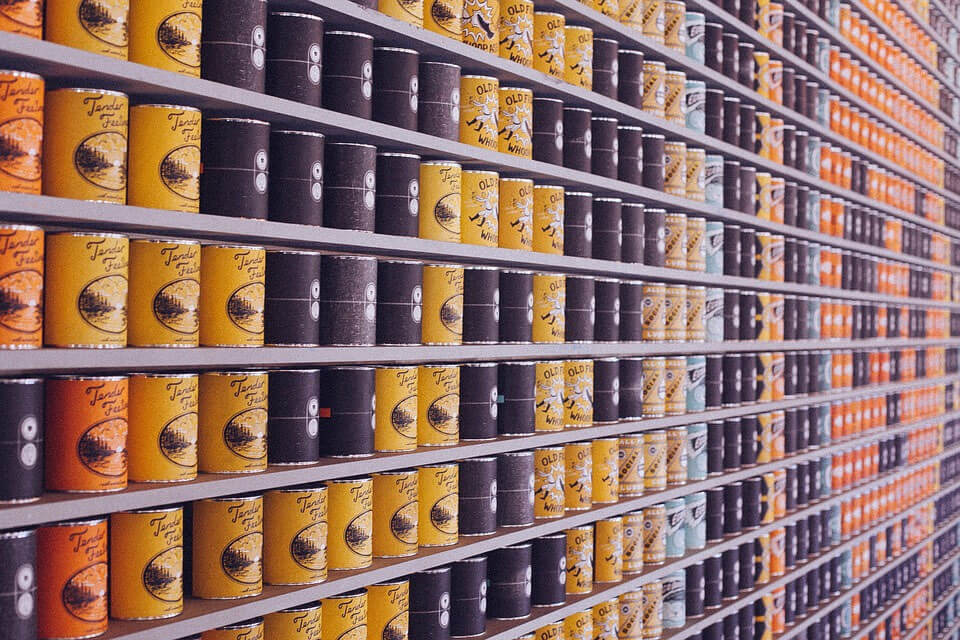Vietnam’s agriculture sector holds significant potential to help the country achieve Net Zero emissions by 2050. However, it is currently a major contributor to the annual greenhouse gas (GHG) emissions, highlighting the need for emerging technologies and international partnerships to support the country’s environmental commitments.
Overview of Vietnam’s agricultural GHG emissions
Despite the country’s efforts, Vietnam is still recording rising yearly GHG emissions. According to the Emissions Database for Global Atmospheric Research (EDGAR), in 2023, the country released 524 million tonnes of CO2 equivalent (Mt CO2eq), an increase of 11% from the previous year and 5% from the 2020 base level[1]. This level of emissions makes Vietnam the second largest GHG emitter of the ASEAN and 17th globally. The majority of GHG emissions consisted of fossil CO2 making up over 71% of total emissions, followed by CH4 (22%), N20 (5%), and other F-gasses (2%). The increasing volume of annual GHG emissions poses significant threats to the nation’s development as Vietnam is among one of the most detrimentally impacted countries by climate change, especially for the Mekong River Delta[2].
Vietnam’s annual GHG emissions, from 2015 to 2023 (Unit: Mt CO2eq)
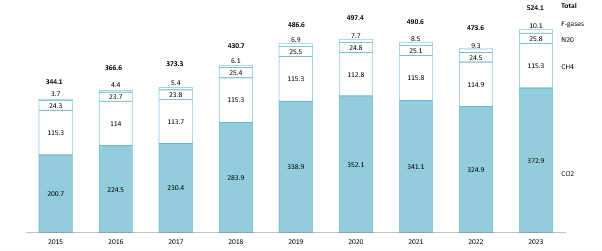
원천: EDGAR, B&Company synthesis
The agriculture sector is among the leading GHG emitters in Vietnam. The sector released 92.5 Mt CO2eq in 2023, accounting for 17.6% of the country’s total emissions[3]. While agriculture contributed less than 1% of the amount of released CO2, it made up nearly two-thirds of the total emitted CH4 and N2O, which have significantly higher global warming potential values[4]. The World Bank highlighted that such high emissions of CH4 and N2O can be attributed to three main sub-sectors, which are rice cultivation (48%), livestock (15%), and usage of fertilizers (13%)[5].
– Rice cultivation: Paddy fields are a significant source of methane (CH4), generated during the anaerobic decomposition of organic matter in flooded fields.
– Livestock production: Enteric fermentation in ruminants produces methane, while manure management contributes both CH4 and N2O emissions.
– Fertilizer use: Overapplication of synthetic nitrogen fertilizers leads to N2O emissions.
Vietnam’s structure of GHG emissions by category and economic sector in 2023 (Unit: %)
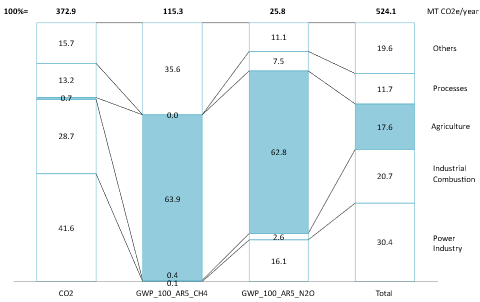
원천: EDGAR, B&Company synthesis
Emerging technologies to reduce GHG in agriculture
In light of the demand for cutting back GHG emissions, the sector has seen new environmentally friendly farming and livestock-raising technologies.
– In rice cultivation, water management techniques such as alternate wetting and drying (AWD), “1 must 5 decreases” (1P5G), and “3 decreases 3 increases” (3G3T), and system of rice intensification (SRI) have been incorporated in rice cultivation which helps reduce CH4 emissions while optimizing farming costs[6]. The MARD, the International Rice Research Institute (IRRI), and the local authorities of Can Tho City also commenced the “1 million hectares of high-quality, low-emission rice” project[7] in April of 2024, which aims to popularize modern rice cultivation model in the Mekong River Delta to reduce GHG emissions.
– In livestock management, new feeding technologies like multi-nutrient blocks (MUBs) and animal feeds low in crude protein have been developed to reduce GHG released by cattles[8]. Furthermore, biological bedding models in which livestock and poultry are confined on a bedding made of highly inert materials (such as rice husks, sawdust, straw, etc.) mixed with probiotics to decompose wastes and reduce environmental pollution[9]. Between 2003 and 2020, the MARD collaborated with Netherlands Development Organization SNV to build over 173,000 biogas infrastructures, and provide adequate training for approximately 800 provincial and district technicians, over 1,800 builders and installers, and 173,000 households in 55 cities and provinces[10].
– The agriculture sector is shifting towards a circular model to better utilize agricultural residue and by-products. Recently, the Institute of Policy and Strategy for Agriculture and Rural Development has collaborated with the United Nations Development Programme (UNDP) to pilot the CE-NDC toolbox to help foster circular interventions in agriculture[11].
Trial operation of the “1 million hectares of high-quality, low-emission rice” project
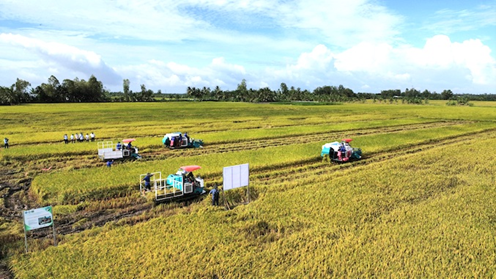
원천: The SaigonTimes
It should be noted that many cultivation and farming breakthroughs are in the early stages of implementation, and further investment from the government and international aid is required. The “1 million hectares of high-quality, low-emission rice” project is currently in the initial pilot period for Phase 1 in 5 provinces. It is estimated that the project requires over 430 million USD to upgrade the water infrastructure for irrigation, drainage, and reulation[12]. The implementation of GHG reduction technologies also faces setbacks due to Vietnam’s fragmented farming models, the traditional production mindset of farmers, and the lack of awareness of the economic and environmental benefits of new farming and cultivation technologies[13].
Government policies on agricultural GHG emissions
The government has established a firm stand on reducing the country’s GHG emissions to commit to its environmental goals. The Minister of Agriculture and Rural Development (MARD) signed Decision No. 1693/QD-BNN-KHCN in 2023 approving the GHG reduction for the agriculture and rural development sector by 2030, with an orientation toward 2050[14]. The decision aims to reduce the sector’s GHG emissions by 121.9 Mt CO2eq compared to 2020, and total CH4 emissions at under 45.9 Mt CO2eq. Furthermore, the government also heightens GHG monitoring efforts, as Decision No. 01/2022/QD-TTg requires companies in the agriculture sector to develop GHG inventory[15].
Table 1: Strategic solutions under Decision No. 1693/QD-BNN-KHCN and GHG reduction potential
| No. | Strategic solutions | GHG reduction potential
(thousand tonnes CO2eq) |
|
| By 2025 | By 2030 | ||
| A | Cultivation | 45,325 | 147,744 |
| 1 | Implementation of alternate wetting and drying (AWD), system of rice intensification (SRI), “1 must 5 decreases” (1P5G) and “3 decreases 3 increases” (3G3T) | 8,559 | 25,767 |
| 2 | Conversion of low-efficiency rice cultivation land into rice-aquaculture systems and dry crops | 5,705 | 17,087 |
| 3 | Upgrading small-scale irrigation infrastructure and on-farm irrigation systems | 15,334 | 52,981 |
| 4 | Expansion of the application of integrated crop management and cultivation techniques | 5,489 | 16,457 |
| 5 | Replacing urea fertilizer with slow-release fertilizers, controlled-release fertilizers, and high-quality compound fertilizers | 5,138 | 15,392 |
| 6 | Collecting, managing and repurposing crop by-products | 5,100 | 20,060 |
| B | Livestocks | 7,281 | 46,952 |
| 1 | Improving the quality of the diet for dairy cows
– Using fermented green roughage in the feed ration; – Applying feed formulation analysis software (PC Dairy); – Using methane-inhibiting or absorbing additives. |
112 | 606 |
| 2 | Improving the quality of the diet for beef cattle
– Using fermented green roughage in the feed ration; – Applying feed formulation analysis software (PC Dairy); – Using methane-inhibiting or absorbing additives. |
424 | 1.974 |
| 3 | Improving the quality of the diet for other cattle (Such as Zeolite additives) | 210 | 930 |
| 4 | Improving technology for recycling livestock waste into organic fertilizers Microbial technology for composting, etc.) | 6.536 | 43.442 |
| 기음 | Forestry and Land use | 73,903 | 245,859 |
원천: TVPL, B&Company synthesis
International collaborations to reduce GHG emissions: A case study of Lasuco Group
International partnerships play a pivotal role in supporting Vietnam’s environmental commitments. A recent collaboration between Lasuco Group and Japanese firms Idemitsu Kosan and Sagri highlights this effort.
The project is set to begin trial operation in early 2025 with an implementation scale of 500 hectares of sugarcane farmlands[16]. Sagri will use satellite technology and AI to manage crop data and monitor soil health, aiming to reduce N2O emissions and increase carbon storage by minimizing chemical fertilizers and promoting appropriate usage of organic alternatives. Additionally, Sagri will register the project for carbon credits under Verra’s improved agricultural land management category (VM0042), marking it as the first Vietnamese project in this category[17]. Following the trial phase, commercial operations are planned for 2026, expanding to 8,000 hectares of farmlands provided by Lasuco and other participants. Idemitsu Kosan will act as the main investor and carbon credit buyer through a 15-year carbon credit trading agreement with Lasuco.
This project not only advances Vietnam’s goal of achieving Net Zero by 2050 but also benefits local farmers through carbon credit trading. It establishes a foundational framework and infrastructure for future carbon credit programs in Vietnam’s agriculture sector.
Sugarcane farming in Vietnam
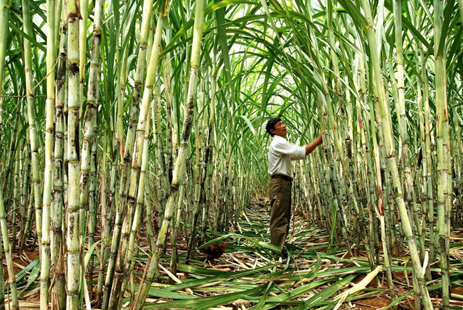
원천: Investment News
결론
Reducing GHG emissions in Vietnam’s agriculture is both a necessity and an opportunity. Emerging technologies in the sector combined with supportive government policies, have the potential to transform the sector into a low-carbon, sustainable model. The international partnership of Idemitsu, Sagri, and Lasuco highlights the potential of international collaboration and the ties between global climate goals and economic incentives for farmers.
[1] EDGAR. GHG emissions of all world countries-2024 report <평가하다>
[2] Information & Communication Magazine. Actively reducing GHG emissions, Vietnam is building a green agriculture sector <평가하다>
[3] EDGAR. GHG emissions of all world countries-2024 report <평가하다>
[4] GHG Protocol. Global Warming Potential Values <평가하다>
[5] World Bank. Vietnam Country Climate and Development Report <평가하다>
[6] Vietnam Agriculture. Saving tens of billions of VND thanks to the AWD technique <평가하다>
[7] MARD. Launch the project for 1 million hectares of high-quality, low-emission rice <평가하다>
[8] VnEconomy. Transforming livestock feed composition to reduce greenhouse gas emissions <평가하다>
[9] Nature and Environment Online Magazine: Solutions to reduce greenhouse gas emissions in agricultural production <평가하다>
[10] Vietnam Agriculture. Successful Biogas Program <평가하다>
[11] UNDP. Opportunities to Drive a Transition Towards a Circular Economy in Viet Nam’s Agricultural Sector <평가하다>
[12] The Saigon Times. The 1-million-hectare low-emission rice project is accelerating infrastructure investments <평가하다>
[13] Investment News. Reducing emissions in agriculture towards sustainable livestock farming <평가하다>
[14] TVPL. Decision No. 1693/QD-BNN-KHCN approving the Greenhouse Gas Emission Reduction Plan (including the Methane Emission Reduction Plan) for the Agriculture and Rural Development Sector by 2030, with orientation toward 2050 <평가하다>
[15] TVPL. Decision No. 01/2022/QD-TTg on promulgation of lists of sectors and GHG emission facilities subject to GHG inventory development <평가하다>
[16] VnExpress. Lasuco Group collaborates to reduce carbon emissions in the sugarcane raw material area <평가하다>
[17] MoRNE. Reducing carbon emissions in 8,000ha sugarcane growing area in Thanh Hoa <평가하다>
| 주식회사 비앤컴퍼니
2008년부터 베트남에서 시장 조사를 전문으로 하는 최초의 일본 기업입니다. 업계 보고서, 업계 인터뷰, 소비자 설문 조사, 비즈니스 매칭을 포함한 광범위한 서비스를 제공합니다. 또한, 최근 베트남에서 900,000개 이상의 기업에 대한 데이터베이스를 개발하여 파트너를 검색하고 시장을 분석하는 데 사용할 수 있습니다. 문의사항이 있으시면 언제든지 문의해주세요. [email protected] + (84) 28 3910 3913 |
다른 기사를 읽어보세요


